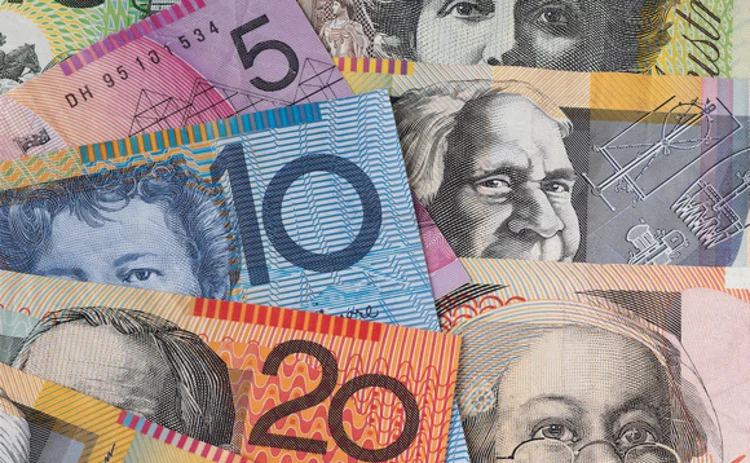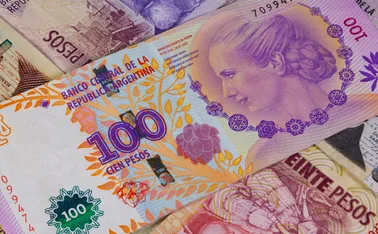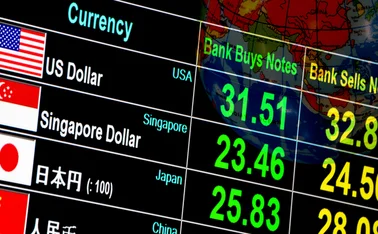
IMF blog highlights rise of ‘non-traditional’ reserve currencies
Renminbi only accounts for a quarter of the shift away from dollars

“Non-traditional” reserve currencies are accounting for the majority of a recent decline in the US dollar’s share of foreign exchange reserves, research by the International Monetary Fund finds.
Serkan Arslanalp, Barry Eichengreen and Chima Simpson-Bell highlight in a blogpost how the dollar’s share of FX reserves dipped below 59% in the fourth quarter of 2021, down from around 70% two decades ago.
At the same time, “traditional” reserve currencies – the euro, sterling and yen – have remained
Only users who have a paid subscription or are part of a corporate subscription are able to print or copy content.
To access these options, along with all other subscription benefits, please contact info@centralbanking.com or view our subscription options here: subscriptions.centralbanking.com/subscribe
You are currently unable to print this content. Please contact info@centralbanking.com to find out more.
You are currently unable to copy this content. Please contact info@centralbanking.com to find out more.
Copyright Infopro Digital Limited. All rights reserved.
As outlined in our terms and conditions, https://www.infopro-digital.com/terms-and-conditions/subscriptions/ (point 2.4), printing is limited to a single copy.
If you would like to purchase additional rights please email info@centralbanking.com test test test
Copyright Infopro Digital Limited. All rights reserved.
You may share this content using our article tools. As outlined in our terms and conditions, https://www.infopro-digital.com/terms-and-conditions/subscriptions/ (clause 2.4), an Authorised User may only make one copy of the materials for their own personal use. You must also comply with the restrictions in clause 2.5.
If you would like to purchase additional rights please email info@centralbanking.com test test test







